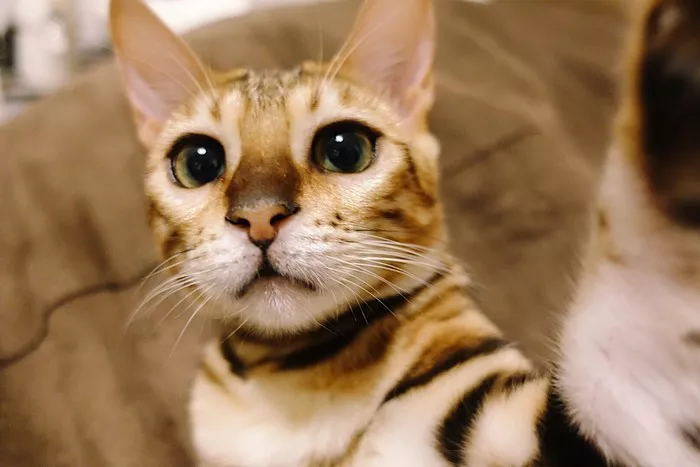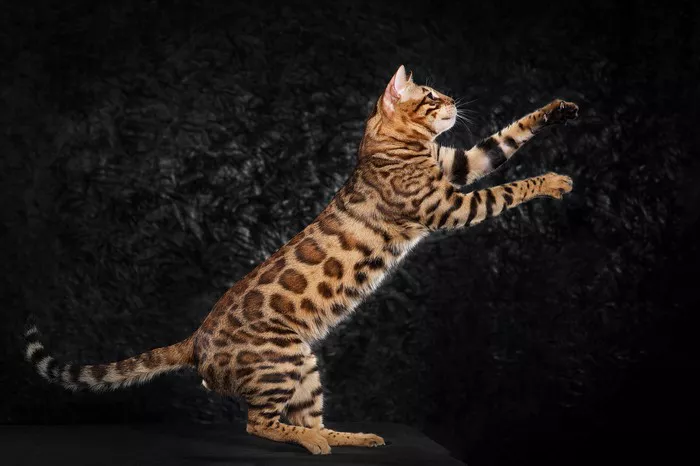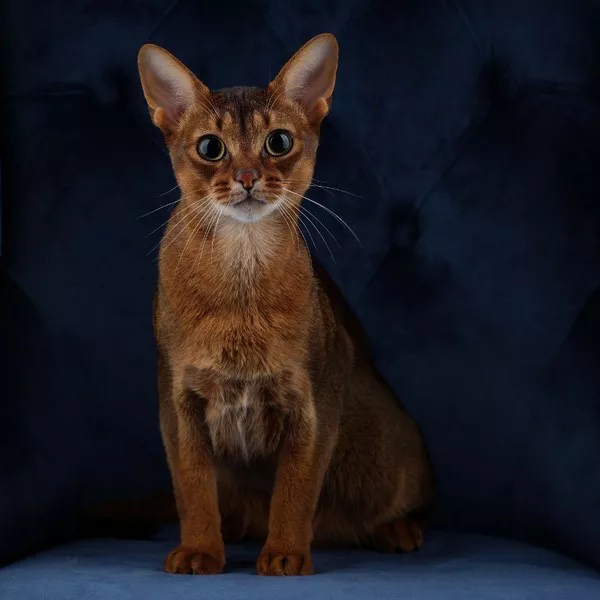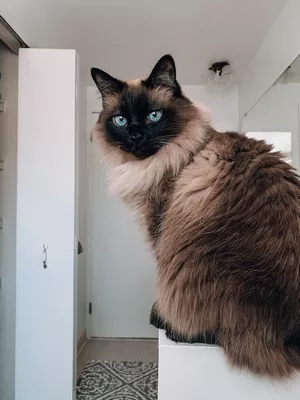Bengal cats are a popular breed among cat lovers, known for their beautiful spotted coats and wild-looking appearance. Many people wonder if Bengal cats are larger than normal cats or if their size is comparable to other domestic cat breeds. In this article, we will explore whether Bengal cats are bigger than normal cats and what factors can impact the size of a Bengal cat.
Understanding the Size of Domestic Cats
Domestic cats come in various sizes and shapes, with some being small and petite while others are large and muscular. The average weight of an adult domestic cat ranges from 5-15 pounds, with males typically weighing more than females. However, there are always exceptions to this, with some breeds being naturally smaller or larger than others.
Factors That Impact the Size of a Bengal Cat
1.Genetics
One of the most significant factors that determine the size of a Bengal cat is genetics. Bengal cats are a hybrid breed created by crossing a domestic cat with an Asian leopard cat, giving them unique physical traits that set them apart from other domestic cat breeds. The size of a Bengal cat will depend on the genetics of both the domestic cat and the Asian leopard cat used in breeding.
2.Gender
Gender can also impact the size of a Bengal cat, with males generally being larger and more muscular than females. This is true for most domestic cat breeds, with male cats tending to have broader shoulders and larger heads than females.
3.Nutrition
Like all animals, nutrition plays a critical role in the growth and development of Bengal cats. Providing proper nutrition throughout a cat’s life is essential in ensuring they reach their full potential size. Feeding a high-quality diet that is appropriate for your cat’s age and health needs can help support healthy growth and development.
4.Exercise
Regular exercise is also crucial in maintaining a healthy body weight and muscle mass in Bengal cats. Keeping your cat active through play, toys, and scratching posts can help promote muscle development and prevent obesity.
Are Bengal Cats Bigger Than Normal Cats?
Bengal cats are generally considered to be larger than normal domestic cat breeds. This is due in part to their hybrid genetics, which gives them a unique and robust build that sets them apart from other domestic cats. Male Bengal cats can weigh between 10-15 pounds, while females typically weigh between 7-10 pounds.
However, it is essential to note that not all Bengal cats will fall within these weight ranges. The size of a Bengal cat can vary significantly depending on factors such as genetics, gender, nutrition, and exercise, as mentioned earlier.
How to Determine if Your Bengal Cat is the Right Size
Determining whether your Bengal cat is the right size requires considering several factors, including their breed standard, age, weight, and physical appearance. The Bengal Cat Club, for example, provides a breed standard that outlines the ideal size and weight of Bengal cats.
Additionally, consulting with your veterinarian can help ensure that your Bengal cat is at a healthy weight and receiving proper nutrition and exercise. Regular check-ups and monitoring can help identify any potential health concerns or issues with growth and development.
When Does a Bengal Cat Stop Growing?
Bengal cats are quite different from other breeds of domestic cats. They are much larger overall than your standard tabby. When they reach maturity, they tend to have long, muscular bodies with sleek profiles.
These cats usually stop growing when they reach 18 months to 2 years of age. However, some Bengal cats can continue to grow for an additional year, but that is very rare. By 2 years, a Bengal cat will weigh around 15 pounds and can grow up to 15 inches in height.
Within 2 years, your Bengal cat will grow rather quickly. But no need to worry. Just because they look like a leopard doesn’t mean they’ll reach that size!
Conclusion
In conclusion, Bengal cats are generally considered to be larger than normal domestic cat breeds, though the size of a Bengal cat can vary significantly depending on various factors such as genetics, gender, nutrition, and exercise. It is essential to monitor your Bengal cat’s weight and overall health regularly and consult with a veterinarian if you have any concerns about their growth and development. With proper care and attention, Bengal cats can grow into healthy, happy, and beautiful companions for years to come.



























